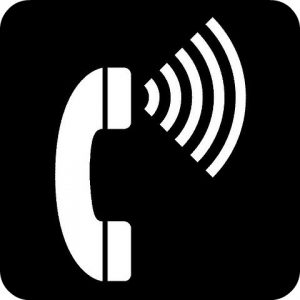 Over the last two decades, many businesses have adopted open office plans that remove barriers like cubicle walls in order to create more space for employees to interact. According to recent studies, though, some modern office plans can actually discourage communication since so many employees go out of their way to avoid interacting with other staffers. Of course, the coronavirus pandemic has made these distinctions irrelevant as offices across the country remain closed and employees work from home.
Over the last two decades, many businesses have adopted open office plans that remove barriers like cubicle walls in order to create more space for employees to interact. According to recent studies, though, some modern office plans can actually discourage communication since so many employees go out of their way to avoid interacting with other staffers. Of course, the coronavirus pandemic has made these distinctions irrelevant as offices across the country remain closed and employees work from home.
But while Continue reading


